Sort by:
-
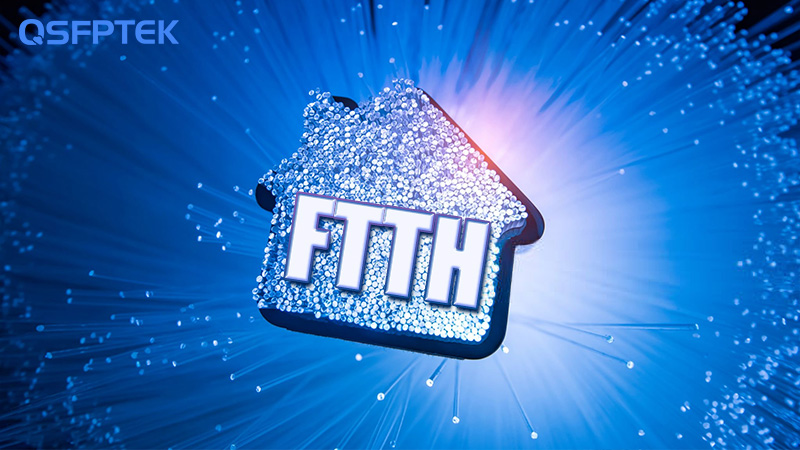 FTTH
FTTHLearn about fiber-to-the-home (FTTH) technology, its components, advantages, and disadvantages. Discover how FTTH provides faster internet, greater reliability, and future-proof connectivity, along with the challenges of installation and compatibility.
FTTH
FTTHLearn about fiber-to-the-home (FTTH) technology, its components, advantages, and disadvantages. Discover how FTTH provides faster internet, greater reliability, and future-proof connectivity, along with the challenges of installation and compatibility. -
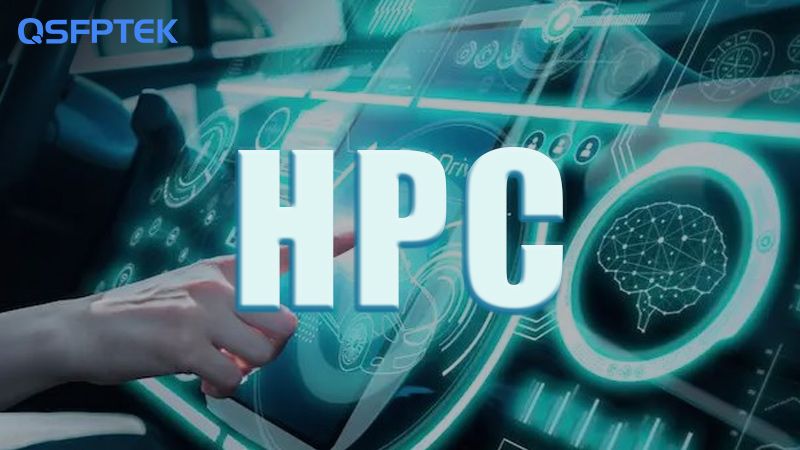 HPC
HPCThis article explains what High Performance Computing (HPC) is, how it works, and its key benefits. It also explores common HPC workloads and highlights its applications across industries like aerospace, healthcare, and finance.
HPC
HPCThis article explains what High Performance Computing (HPC) is, how it works, and its key benefits. It also explores common HPC workloads and highlights its applications across industries like aerospace, healthcare, and finance. -
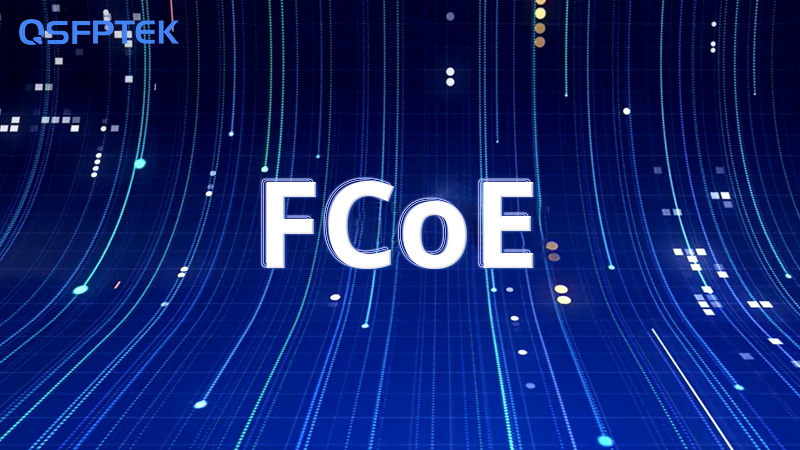 FCoE
FCoEThis article will explain what Fibre Channel over Ethernet (FCoE) is, an innovative storage protocol that brings revolutionary simplification to storage networks, thereby increasing data center efficiency and reducing costs.
FCoE
FCoEThis article will explain what Fibre Channel over Ethernet (FCoE) is, an innovative storage protocol that brings revolutionary simplification to storage networks, thereby increasing data center efficiency and reducing costs. -
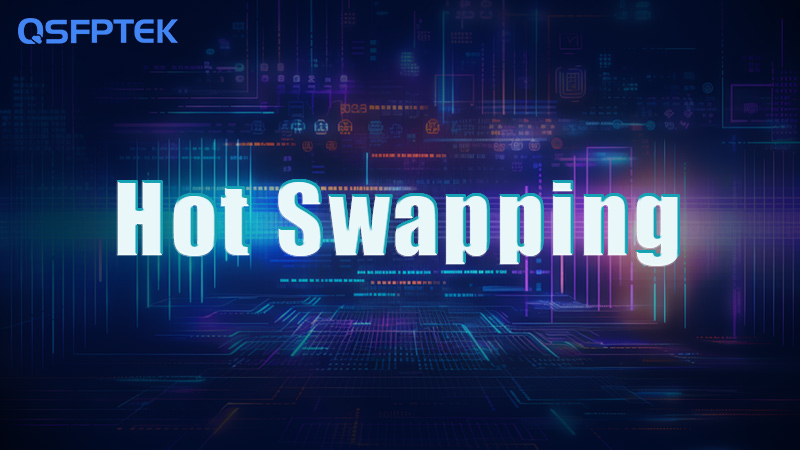 Hot Swapping
Hot SwappingThis article explains hot swapping, a technology that enables the insertion or removal of components without shutting down the system. It covers the benefits, such as increased reliability and uptime, as well as challenges like compatibility issues and operational risks.
Hot Swapping
Hot SwappingThis article explains hot swapping, a technology that enables the insertion or removal of components without shutting down the system. It covers the benefits, such as increased reliability and uptime, as well as challenges like compatibility issues and operational risks. -
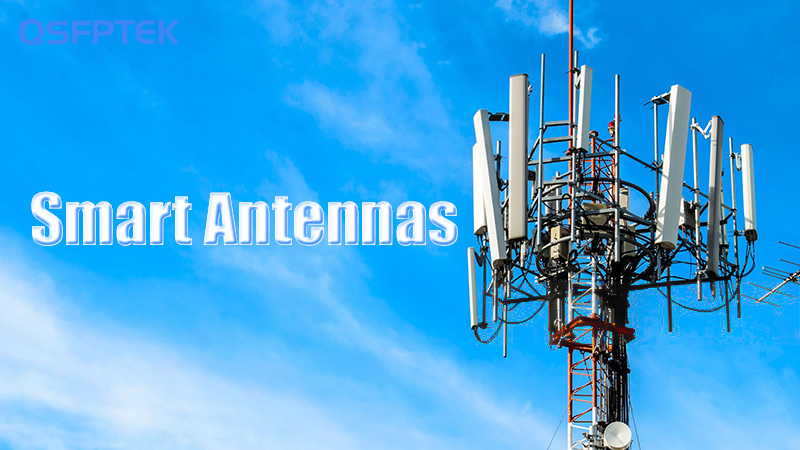 Smart Antennas
Smart AntennasSmart antennas, the advanced adaptive antenna arrays, have been used in military communications, and cellular and Wi-Fi networks. Do you know why do we need smart antennas? Read on to find answers.
Smart Antennas
Smart AntennasSmart antennas, the advanced adaptive antenna arrays, have been used in military communications, and cellular and Wi-Fi networks. Do you know why do we need smart antennas? Read on to find answers. -
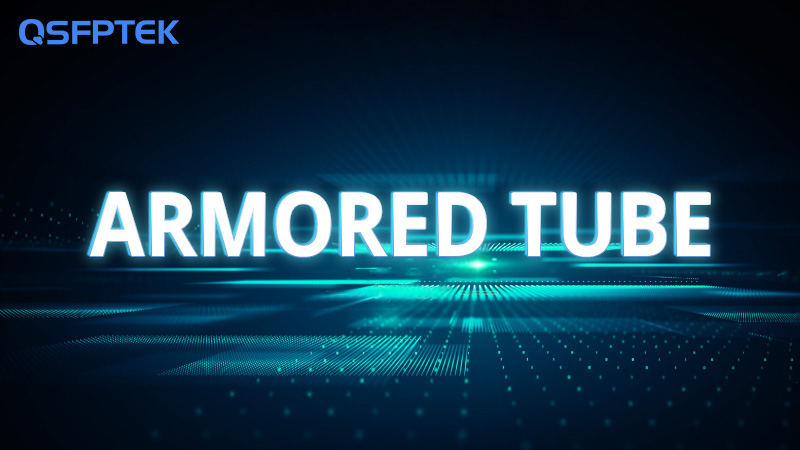 Armored Tube
Armored TubeIn this article, we will cover what armored tubes are, as well as introduce a few different types of armored tubes. Read this article to learn why you need to choose these particular cables.
Armored Tube
Armored TubeIn this article, we will cover what armored tubes are, as well as introduce a few different types of armored tubes. Read this article to learn why you need to choose these particular cables. -
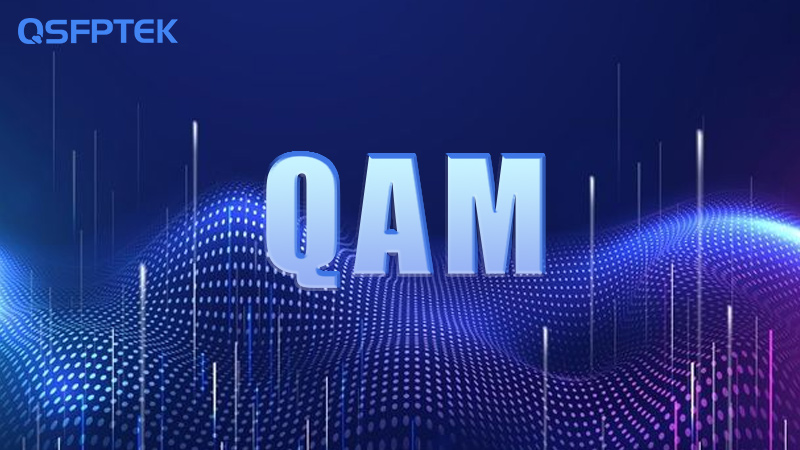 QAM
QAMThis article covers the basics of Quadrature Amplitude Modulation (QAM), including its principles, modulation levels, and key applications.
QAM
QAMThis article covers the basics of Quadrature Amplitude Modulation (QAM), including its principles, modulation levels, and key applications. -
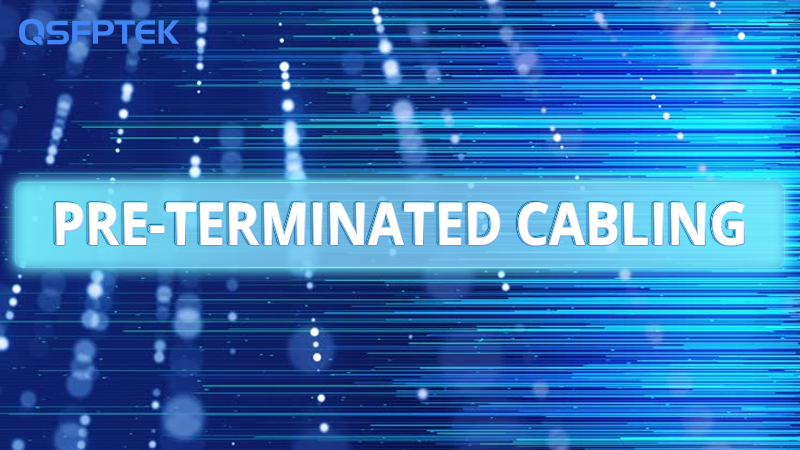 What is Pre-terminated Cabling?
What is Pre-terminated Cabling?This article will explain what pre-terminated cabling is and how it can make cable system installation easier by using this pre-terminated cabling. In this blog you will learn more about pre-terminated cabling.
What is Pre-terminated Cabling?
What is Pre-terminated Cabling?This article will explain what pre-terminated cabling is and how it can make cable system installation easier by using this pre-terminated cabling. In this blog you will learn more about pre-terminated cabling. -
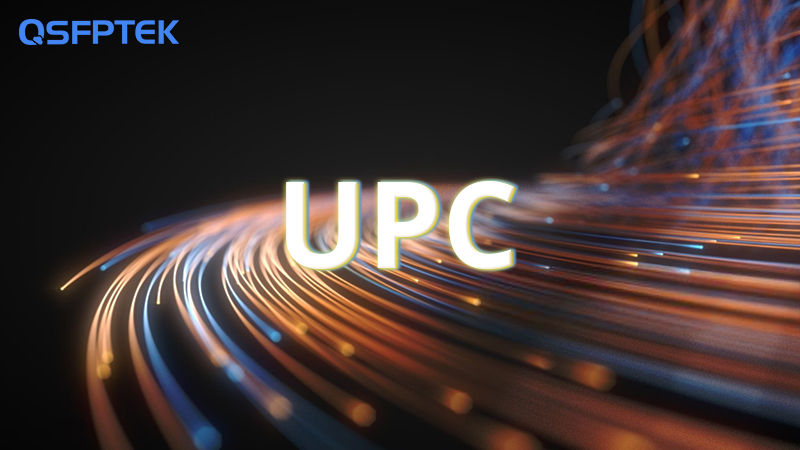 UPC
UPCThis article covers Ultra Physical Contact (UPC) fiber optic connectors, their benefits, applications, and comparison with APC and PC connectors.
UPC
UPCThis article covers Ultra Physical Contact (UPC) fiber optic connectors, their benefits, applications, and comparison with APC and PC connectors. -
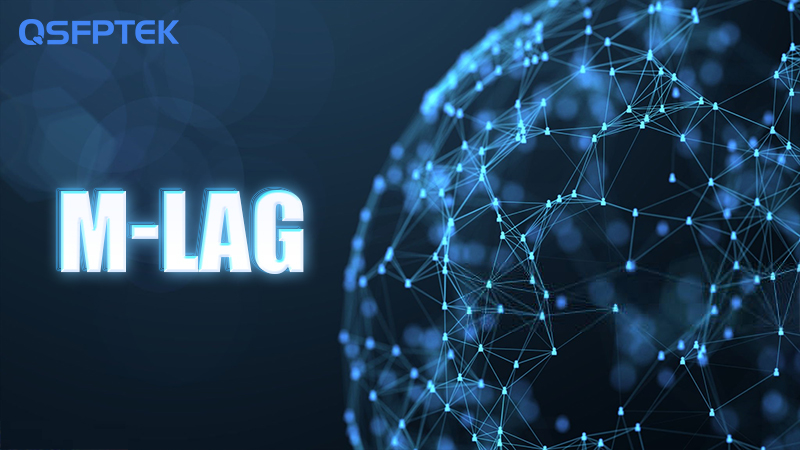 M-LAG
M-LAGM-LAG is a virtualized switching technology that enables multi-chassis link aggregation, increasing bandwidth and redundancy. Read on to learn its meaning, forming principle, and distinguish it from stacking.
M-LAG
M-LAGM-LAG is a virtualized switching technology that enables multi-chassis link aggregation, increasing bandwidth and redundancy. Read on to learn its meaning, forming principle, and distinguish it from stacking. -
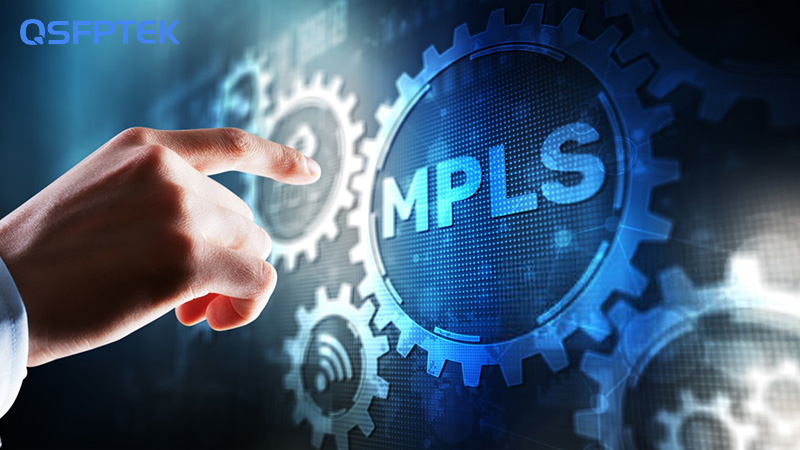 MPLS
MPLSMPLS is a highly efficient, flexible, reliable, and adaptable network technology, ideal for enterprises or service providers that require high reliability, low latency, and complex traffic management.
MPLS
MPLSMPLS is a highly efficient, flexible, reliable, and adaptable network technology, ideal for enterprises or service providers that require high reliability, low latency, and complex traffic management. -
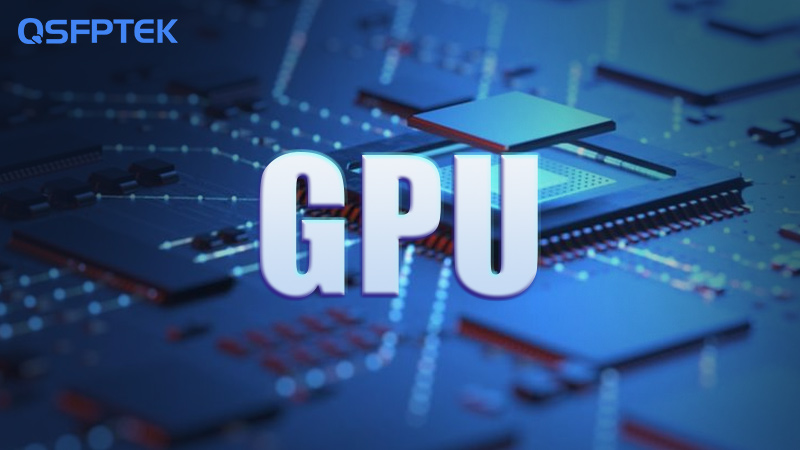 GPU
GPUThis article explores what a Graphics Processing Unit (GPU) is, how it functions, the different types of GPUs, and how it compares to a CPU.
GPU
GPUThis article explores what a Graphics Processing Unit (GPU) is, how it functions, the different types of GPUs, and how it compares to a CPU. -
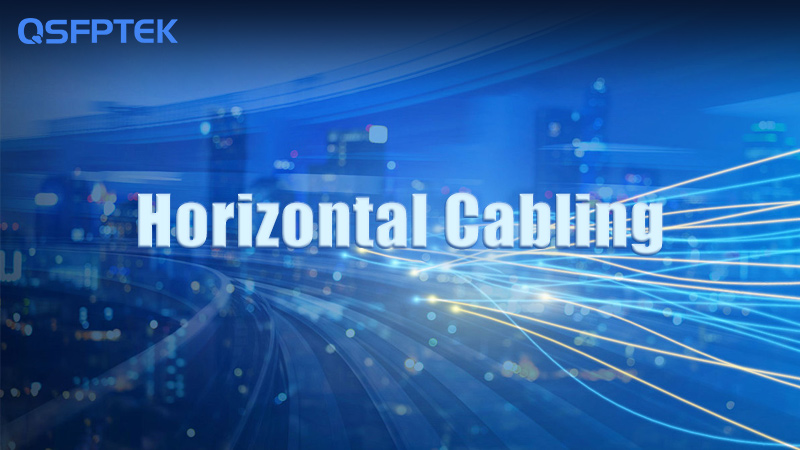 Horizontal Cabling
Horizontal CablingThis article will describe what is Horizontal Cabling and some of the steps in installing cabling and things to keep in mind while installing it are mentioned in the article.
Horizontal Cabling
Horizontal CablingThis article will describe what is Horizontal Cabling and some of the steps in installing cabling and things to keep in mind while installing it are mentioned in the article. -
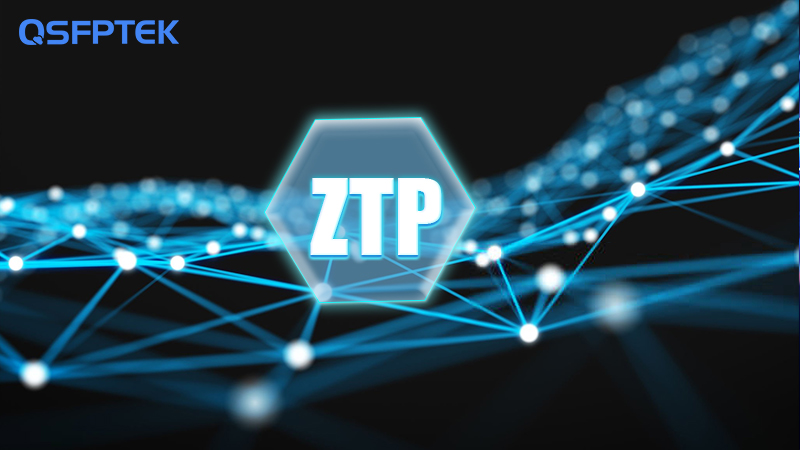 ZTP
ZTPThis article explains Zero-Touch Provisioning (ZTP), learn about ZTP's benefits, how it works, and its key applications.
ZTP
ZTPThis article explains Zero-Touch Provisioning (ZTP), learn about ZTP's benefits, how it works, and its key applications. -
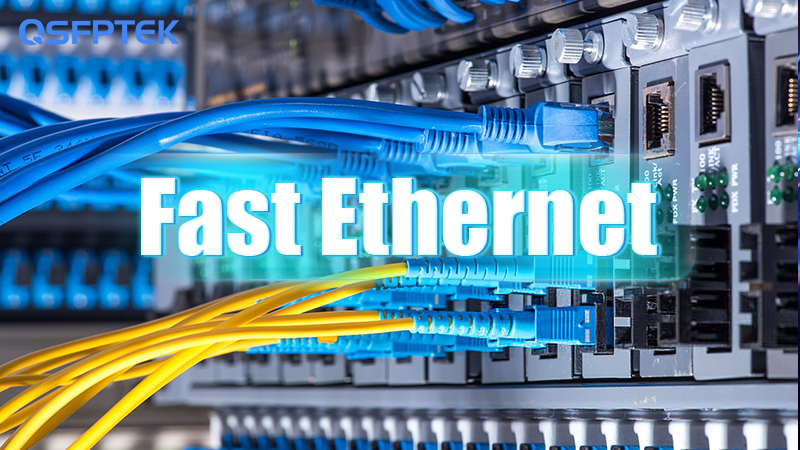 Fast Ethernet
Fast EthernetThe launch of FastSwitch10/100 and Fast NIC 100 in 1993 unveiled the first successful application of Fast Ethernet technology. Thirty years have passed, so let’s dive into Fast Ethernet to review its ABCs.
Fast Ethernet
Fast EthernetThe launch of FastSwitch10/100 and Fast NIC 100 in 1993 unveiled the first successful application of Fast Ethernet technology. Thirty years have passed, so let’s dive into Fast Ethernet to review its ABCs. -
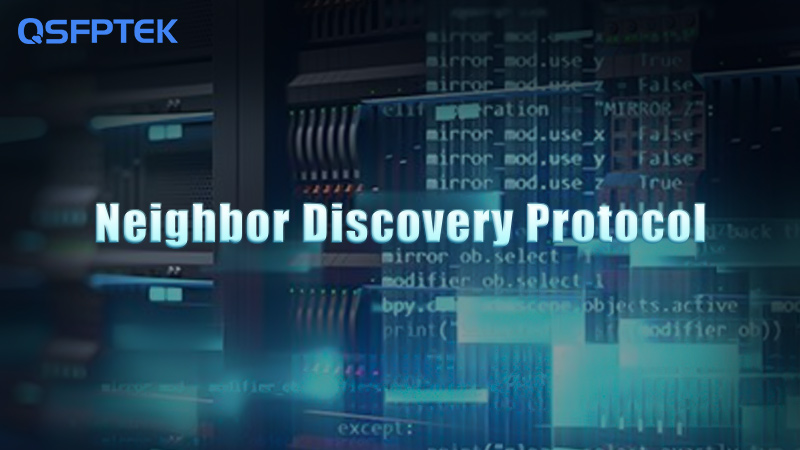 Neighbor Discovery Protocol
Neighbor Discovery ProtocolThis article tells you in detail what Neighbor Discovery Protocol is and how it works, helping you understand everything about it in detail.
Neighbor Discovery Protocol
Neighbor Discovery ProtocolThis article tells you in detail what Neighbor Discovery Protocol is and how it works, helping you understand everything about it in detail. -
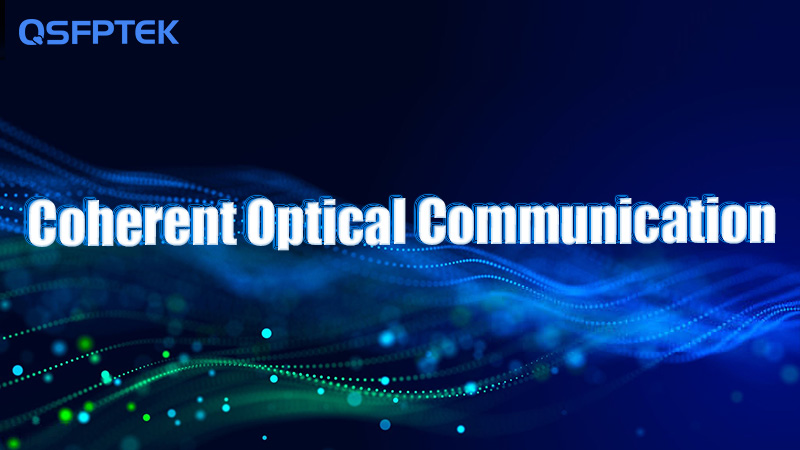 Coherent Optical Communication
Coherent Optical CommunicationCoherent optical communication is widely used in DCI, backbone network WDM system upgrades, and 5G mid-haul and backhaul scenarios.
Coherent Optical Communication
Coherent Optical CommunicationCoherent optical communication is widely used in DCI, backbone network WDM system upgrades, and 5G mid-haul and backhaul scenarios. -
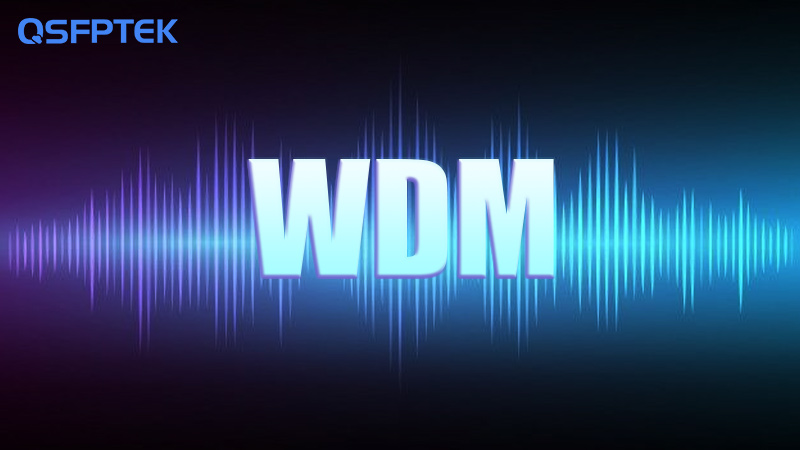 WDM
WDMThis article will introduce what WDM is, but also how this communication technology works and what impact WDM will have on the future, read this article to learn more about WDM!
WDM
WDMThis article will introduce what WDM is, but also how this communication technology works and what impact WDM will have on the future, read this article to learn more about WDM! -
 Web-based Management
Web-based ManagementThis article explores key aspects of Web-Based Management (WBM), including its features, benefits and applications.
Web-based Management
Web-based ManagementThis article explores key aspects of Web-Based Management (WBM), including its features, benefits and applications. -
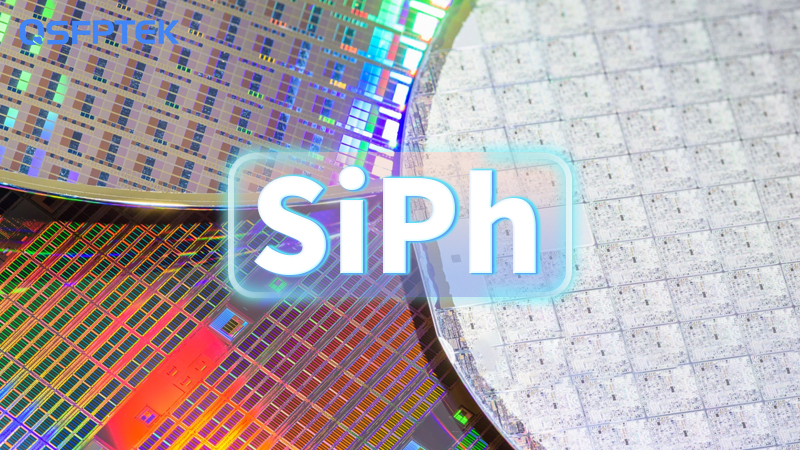 SiPh
SiPhAs the key technology for advanced packaging, Silicon Photonics (SiPh), with the benefits of low-cost, low-consumption, high-density, and CMOS manufacturing schemes, has become the Key R&D project in the semiconductor industry.
SiPh
SiPhAs the key technology for advanced packaging, Silicon Photonics (SiPh), with the benefits of low-cost, low-consumption, high-density, and CMOS manufacturing schemes, has become the Key R&D project in the semiconductor industry. -
 PVC
PVCThis article gives you a detailed introduction to what PVC is and its characteristics, and explains its limitations in the second half of the article to help you use it as a reference when choosing products.
PVC
PVCThis article gives you a detailed introduction to what PVC is and its characteristics, and explains its limitations in the second half of the article to help you use it as a reference when choosing products. -
 OCSP
OCSPThis article will describe what OCSP is, which is an internet protocol used to verify that a website's digital protocol certificate has not expired, by reading this article you will learn more about OCSP.
OCSP
OCSPThis article will describe what OCSP is, which is an internet protocol used to verify that a website's digital protocol certificate has not expired, by reading this article you will learn more about OCSP. -
 EMI
EMIThis article introduces what EMI is, the dissemination mechanisms of EMI and effective ways to mitigate interference.
EMI
EMIThis article introduces what EMI is, the dissemination mechanisms of EMI and effective ways to mitigate interference. -
 UTP
UTPThis article introduces in detail what UTP is and its categories. It also introduces the advantages of UTP and its specific applications to help you better understand UTP cables.
UTP
UTPThis article introduces in detail what UTP is and its categories. It also introduces the advantages of UTP and its specific applications to help you better understand UTP cables. -
 PTP
PTPThis article will describe what PTP is, this protocol was created to improve the time synchronisation of telecommunication systems, this blog will describe about how this network protocol works and its features and applications. Read this article to learn more.
PTP
PTPThis article will describe what PTP is, this protocol was created to improve the time synchronisation of telecommunication systems, this blog will describe about how this network protocol works and its features and applications. Read this article to learn more. -
 G.655
G.655This article introduces you to detailed information about G.655 fiber grade, including its characteristics, advantages and applications, to help you better understand it.
G.655
G.655This article introduces you to detailed information about G.655 fiber grade, including its characteristics, advantages and applications, to help you better understand it. -
 Network Packet Brokers (NPB)
Network Packet Brokers (NPB)This article covers Network Packet Brokers (NPB), including their functions and benefits.
Network Packet Brokers (NPB)
Network Packet Brokers (NPB)This article covers Network Packet Brokers (NPB), including their functions and benefits. -
 NGFW
NGFWEnterprises, governments, and cloud service providers widely deploy NGFW (next-generation firewalls) in network security fields. Read on to learn the ABCs of NGFW.
NGFW
NGFWEnterprises, governments, and cloud service providers widely deploy NGFW (next-generation firewalls) in network security fields. Read on to learn the ABCs of NGFW. -
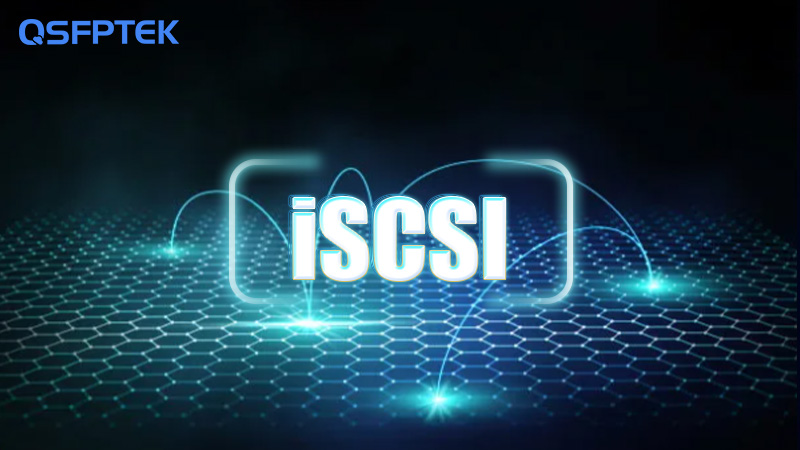 iSCSI
iSCSIThis article will cover everything about iSCSI, including what iSCSI storage is and the benefits and limitations you need to be aware of when you need to use this protocol.
iSCSI
iSCSIThis article will cover everything about iSCSI, including what iSCSI storage is and the benefits and limitations you need to be aware of when you need to use this protocol. -
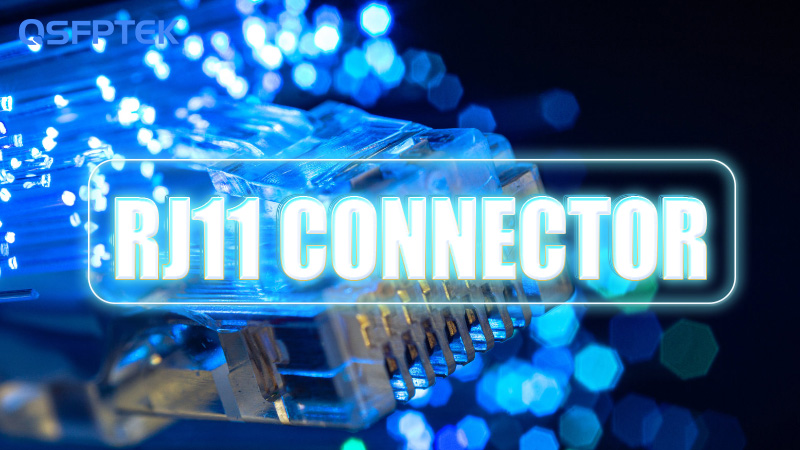 RJ11 Connector
RJ11 ConnectorThis article explains what RJ11 connectors are, detailing their uses and how they differ from other connectors like RJ45.
RJ11 Connector
RJ11 ConnectorThis article explains what RJ11 connectors are, detailing their uses and how they differ from other connectors like RJ45. -
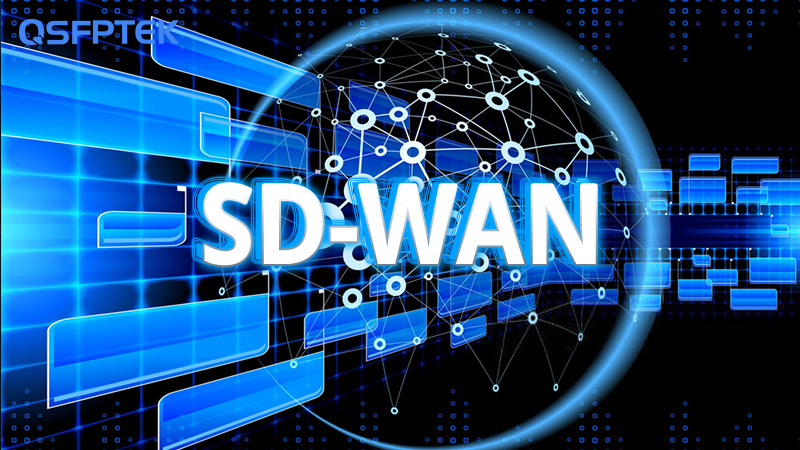 SDWAN
SDWANSDWAN, a Software-Defined Wide Area Network, addresses the bottleneck where the traditional WAN topology and infrastructure cannot adapt to cloud computing and network security requirements.
SDWAN
SDWANSDWAN, a Software-Defined Wide Area Network, addresses the bottleneck where the traditional WAN topology and infrastructure cannot adapt to cloud computing and network security requirements. -
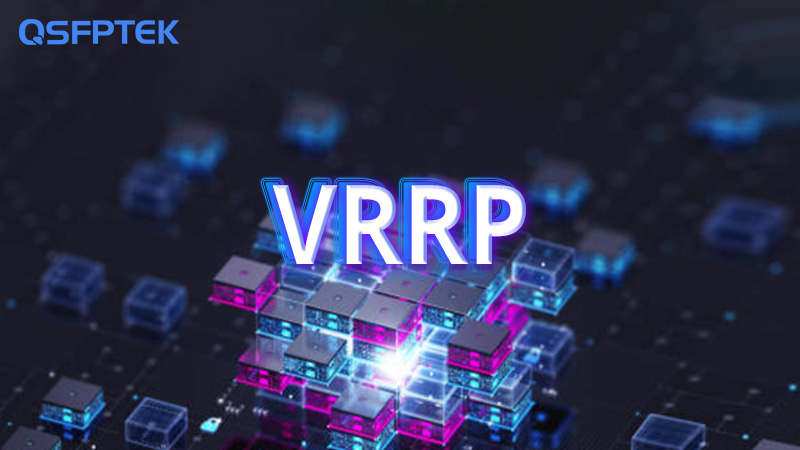 VRRP
VRRPThis article explains what VRRP is, how it works, and its features to help you better understand it.
VRRP
VRRPThis article explains what VRRP is, how it works, and its features to help you better understand it. -
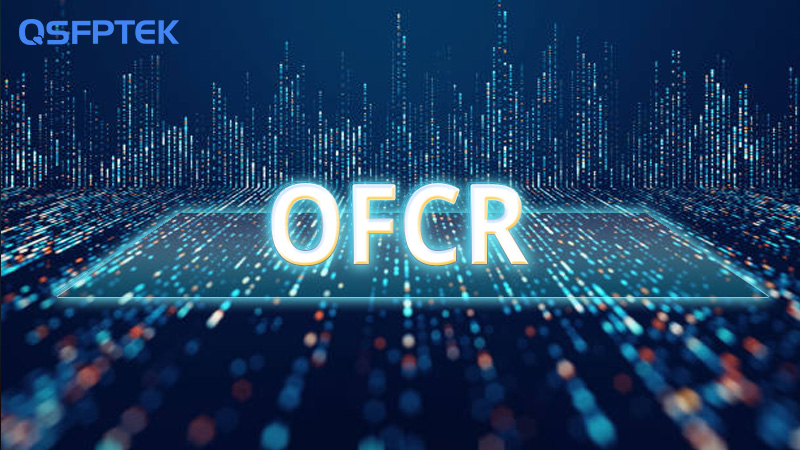 OFCR
OFCRThis article will describe what an OFCR is, which is a type of cable that is vertically wired or riserised in a building, and the rating defines a specific fire standard for the cable. Through this article you will learn everything about OFCR.
OFCR
OFCRThis article will describe what an OFCR is, which is a type of cable that is vertically wired or riserised in a building, and the rating defines a specific fire standard for the cable. Through this article you will learn everything about OFCR. -
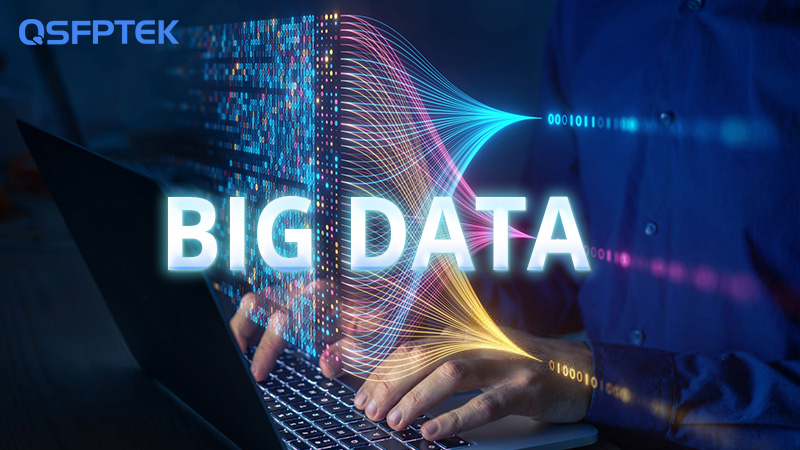 Big Data
Big DataBig data is an extremely massive and complex collection of structured, unstructured, semi-structured, and training sets. Read on to learn its working principles, characteristics, benefits, and challenges.
Big Data
Big DataBig data is an extremely massive and complex collection of structured, unstructured, semi-structured, and training sets. Read on to learn its working principles, characteristics, benefits, and challenges. -
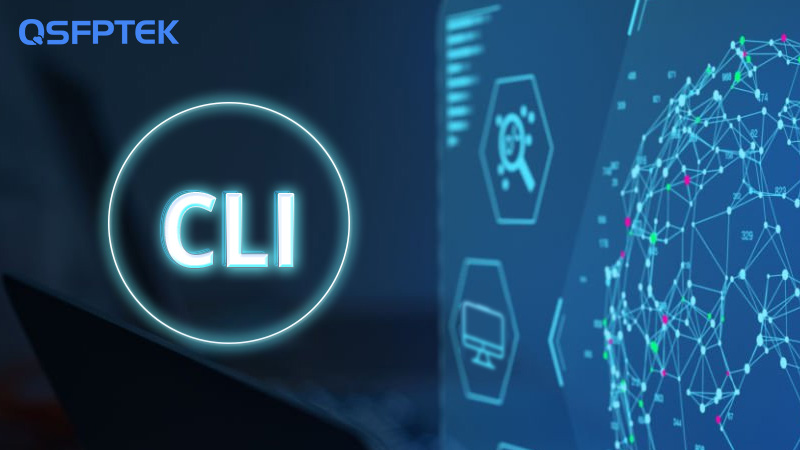 CLI
CLIThis article explores the Command-Line Interface (CLI), detailing its advantages, disadvantages, and key use cases
CLI
CLIThis article explores the Command-Line Interface (CLI), detailing its advantages, disadvantages, and key use cases -
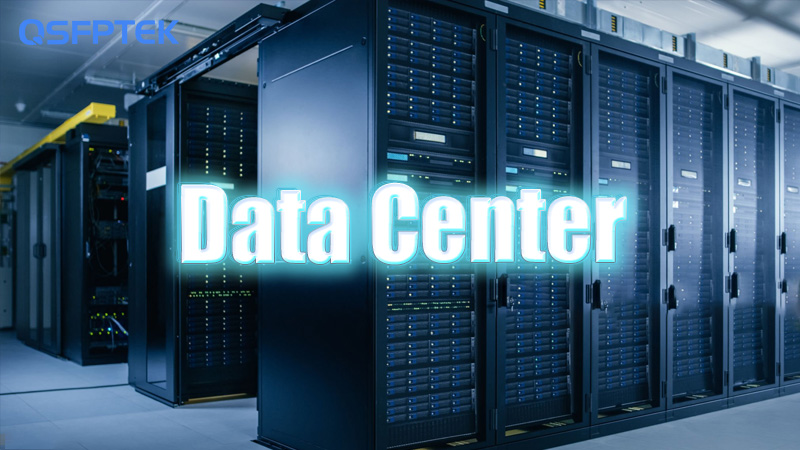 Data Center
Data CenterA data center is a physical facility area in an organization that accommodates all the equipment, infrastructure, and components for critical applications and data. Read on to learn more about data centers.
Data Center
Data CenterA data center is a physical facility area in an organization that accommodates all the equipment, infrastructure, and components for critical applications and data. Read on to learn more about data centers. -
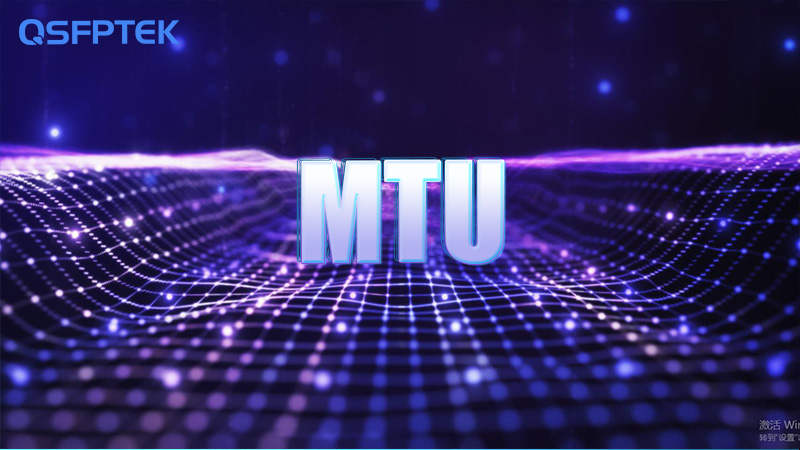 MTU
MTUThis article will introduce what is maximum transmission unit, which is an important concept in Ethernet network, learn what is MTU and how to set MTU properly through this blog!
MTU
MTUThis article will introduce what is maximum transmission unit, which is an important concept in Ethernet network, learn what is MTU and how to set MTU properly through this blog! -
 APC
APCThis article discusses what APC connectors are, outlines the differences between APC and UPC connectors, and provides guidance on how to choose between them based on application needs.
APC
APCThis article discusses what APC connectors are, outlines the differences between APC and UPC connectors, and provides guidance on how to choose between them based on application needs. -
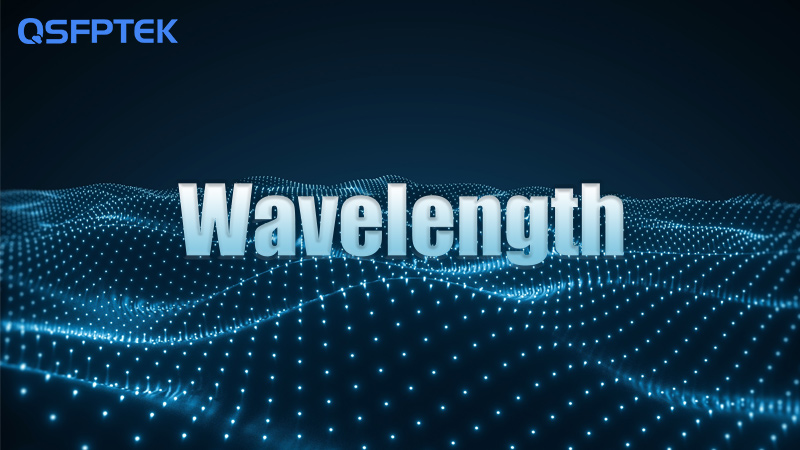 Wavelength
WavelengthThis article explains to you what wavelength is and what common wavelengths are, to help you deepen your understanding of it.
Wavelength
WavelengthThis article explains to you what wavelength is and what common wavelengths are, to help you deepen your understanding of it. -
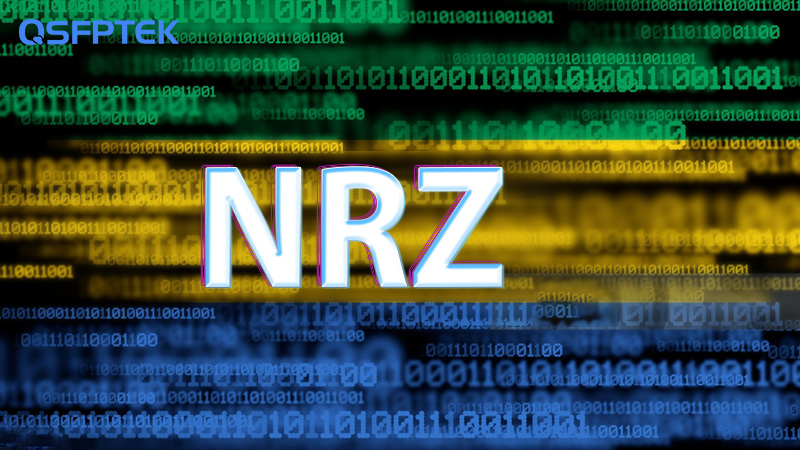 Non-Return-to-Zero (NRZ)
Non-Return-to-Zero (NRZ)Checking transceiver specification, NRZ or PAM4 are the common values for modulation. Read the article to learn what NRZ is and the difference between NRZ and PAM4.
Non-Return-to-Zero (NRZ)
Non-Return-to-Zero (NRZ)Checking transceiver specification, NRZ or PAM4 are the common values for modulation. Read the article to learn what NRZ is and the difference between NRZ and PAM4. -
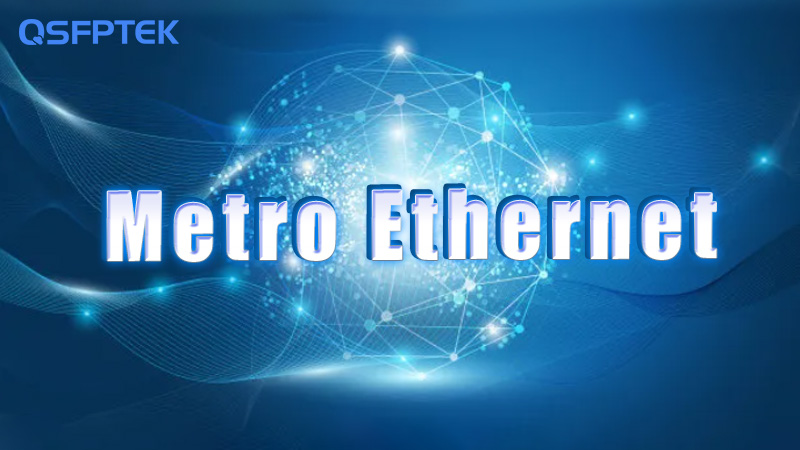 Metro Ethernet
Metro EthernetThis article discusses Metro Ethernet, emphasizing its role as a citywide network solution, its key components, benefits, and various application scenarios.
Metro Ethernet
Metro EthernetThis article discusses Metro Ethernet, emphasizing its role as a citywide network solution, its key components, benefits, and various application scenarios. -
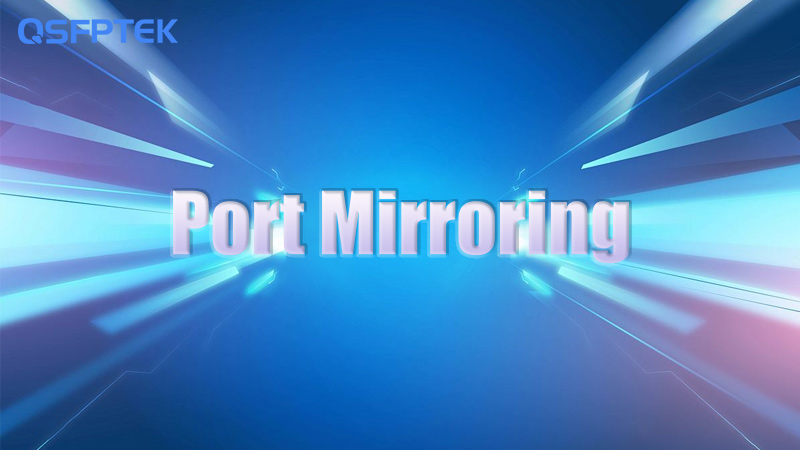 Port Mirroring
Port MirroringPort mirroring is a network observation method applied in network switches or routers to monitor network traffic. Read on to learn how it works and how it functions.
Port Mirroring
Port MirroringPort mirroring is a network observation method applied in network switches or routers to monitor network traffic. Read on to learn how it works and how it functions. -
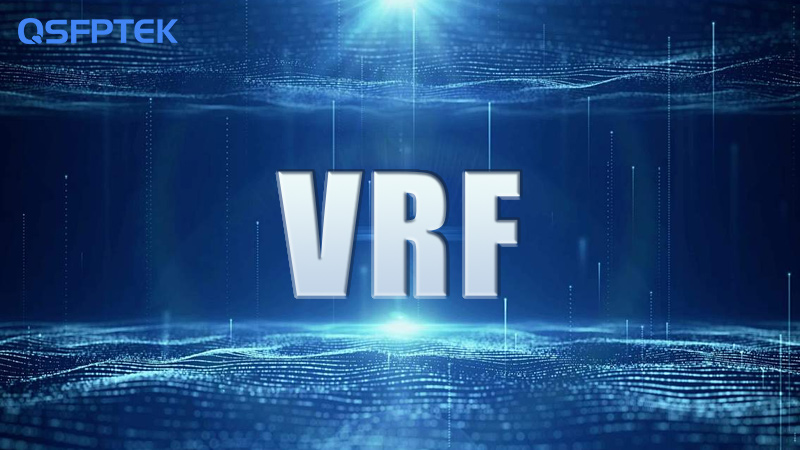 VRF
VRFIn this article you will learn what VRF is, you will learn how it is configured and what are the advantages of VRF. Finally, this article will also cover some terms related to VRF.
VRF
VRFIn this article you will learn what VRF is, you will learn how it is configured and what are the advantages of VRF. Finally, this article will also cover some terms related to VRF. -
 G.652
G.652This article covers G.652 fiber, its features, types (G.652.A, G.652.B, G.652.C, and G.652.D), and applications.
G.652
G.652This article covers G.652 fiber, its features, types (G.652.A, G.652.B, G.652.C, and G.652.D), and applications. -
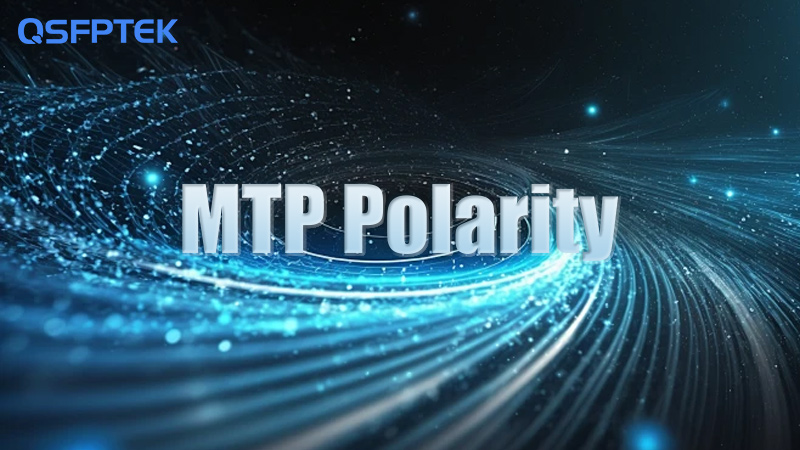 MTP Polarity
MTP PolarityThis article will help you understand what the polarity of MTP patch cords is, as well as three methods of polarity connection, to help you connect MTP patch cords correctly.
MTP Polarity
MTP PolarityThis article will help you understand what the polarity of MTP patch cords is, as well as three methods of polarity connection, to help you connect MTP patch cords correctly. -
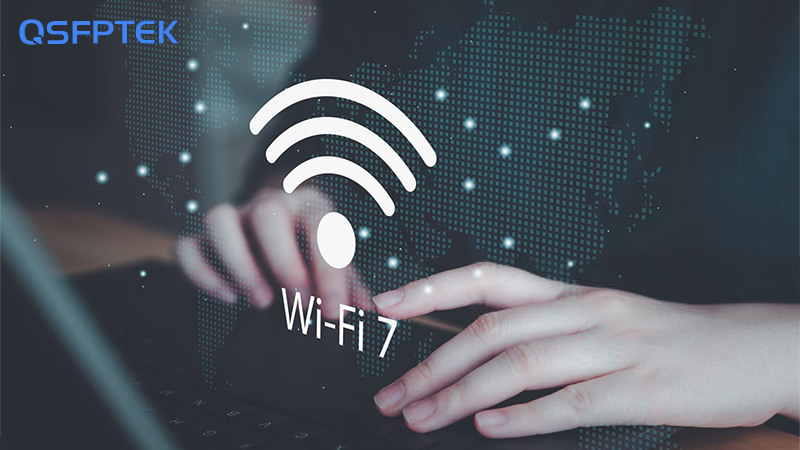 Wi-Fi 7
Wi-Fi 7This article introduces the new generation wireless standards Wi-Fi 7 (IEEE 802.11be), its benefits, technology advancement, and application scenarios,
Wi-Fi 7
Wi-Fi 7This article introduces the new generation wireless standards Wi-Fi 7 (IEEE 802.11be), its benefits, technology advancement, and application scenarios, -
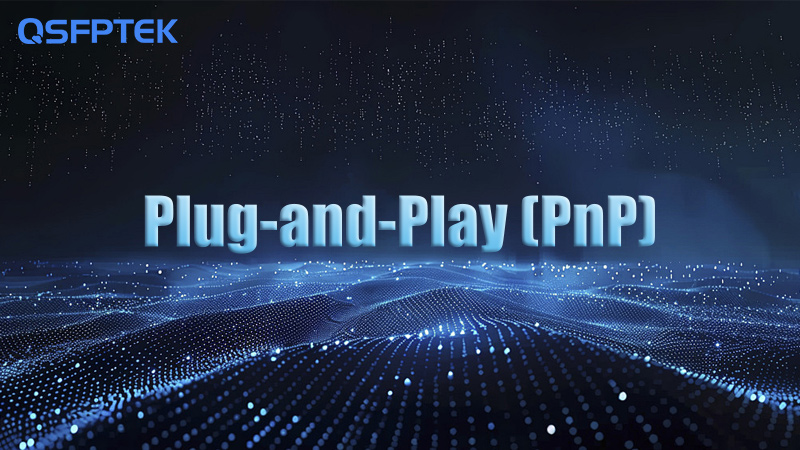 Plug-and-Play (PnP)
Plug-and-Play (PnP)Learn about Plug-and-Play (PnP) technology, its applications in data communications, and how it simplifies network management. Discover why campus networks need PnP for efficient device deployment, and explore the plug-and-play process for network equipment.
Plug-and-Play (PnP)
Plug-and-Play (PnP)Learn about Plug-and-Play (PnP) technology, its applications in data communications, and how it simplifies network management. Discover why campus networks need PnP for efficient device deployment, and explore the plug-and-play process for network equipment. -
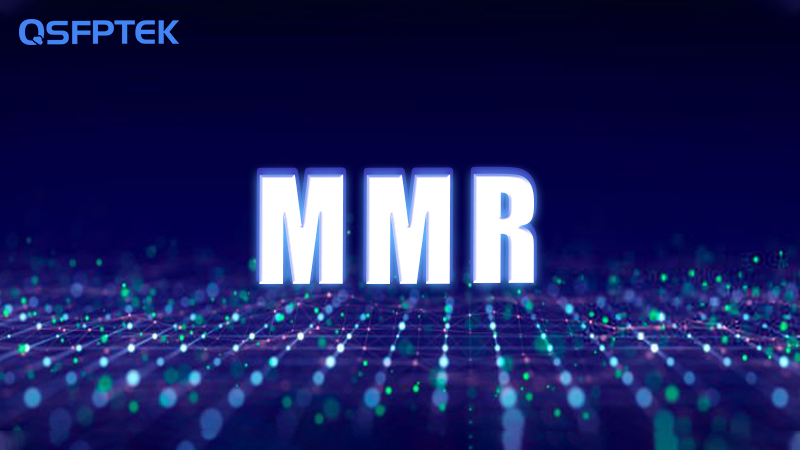 MMR (Meet-Me-Room)
MMR (Meet-Me-Room)This article will describe what is Meet-Me-Room, which is a very important area in the data center, this article will describe how to build meet-me-room and what are its advantages.
MMR (Meet-Me-Room)
MMR (Meet-Me-Room)This article will describe what is Meet-Me-Room, which is a very important area in the data center, this article will describe how to build meet-me-room and what are its advantages. -
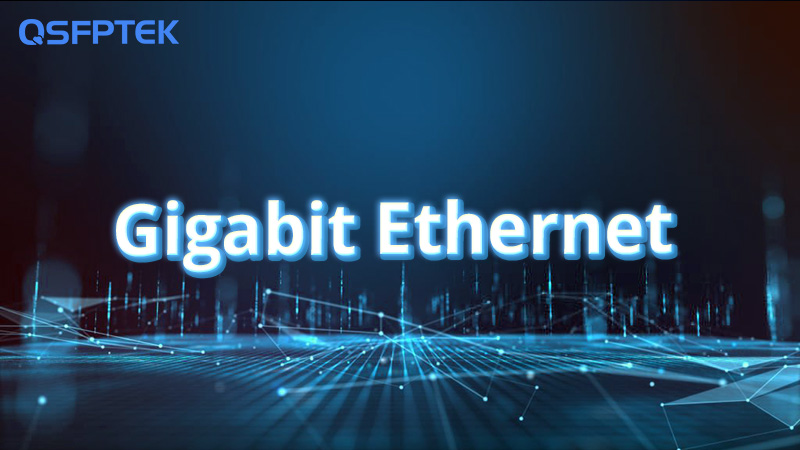 Gigabit Ethernet
Gigabit EthernetThis article will introduce what is Gigabit Ethernet and also how it works, through this article you will know more about Gigabit Ethernet.
Gigabit Ethernet
Gigabit EthernetThis article will introduce what is Gigabit Ethernet and also how it works, through this article you will know more about Gigabit Ethernet. -
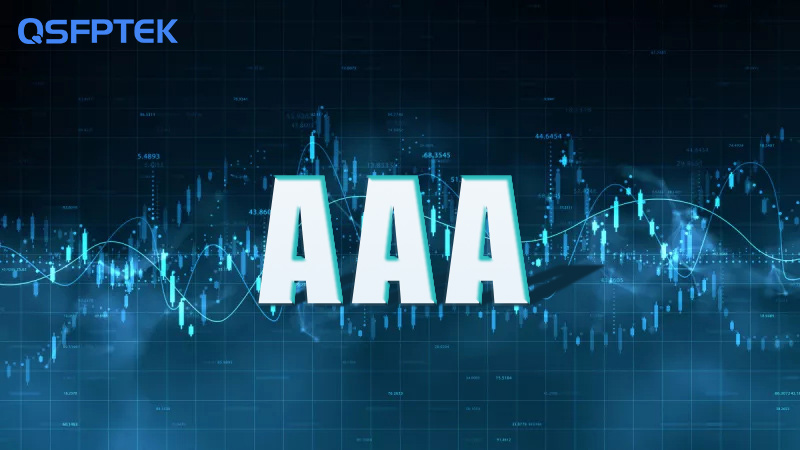 AAA
AAAThis article explains in detail what AAA is and how it works, and introduces several major protocols used by AAA to help you have a better understanding of it.
AAA
AAAThis article explains in detail what AAA is and how it works, and introduces several major protocols used by AAA to help you have a better understanding of it. -
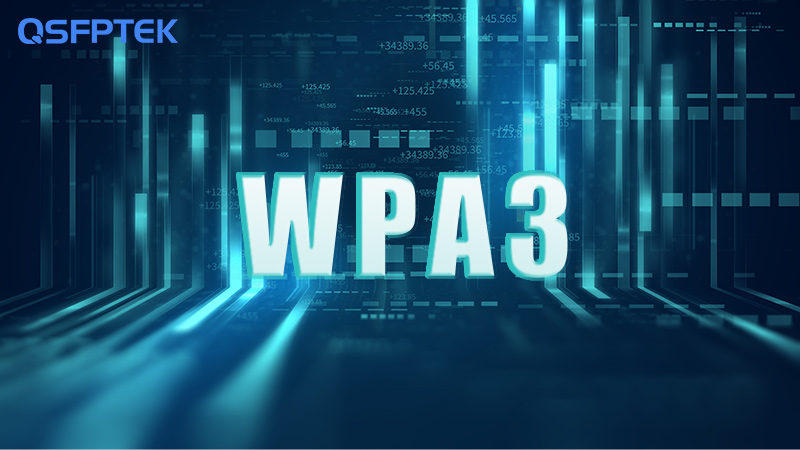 WPA3
WPA3This article covers WPA3, the latest Wi-Fi encryption protocol, focusing on its enhanced security features and pros and cons.
WPA3
WPA3This article covers WPA3, the latest Wi-Fi encryption protocol, focusing on its enhanced security features and pros and cons. -
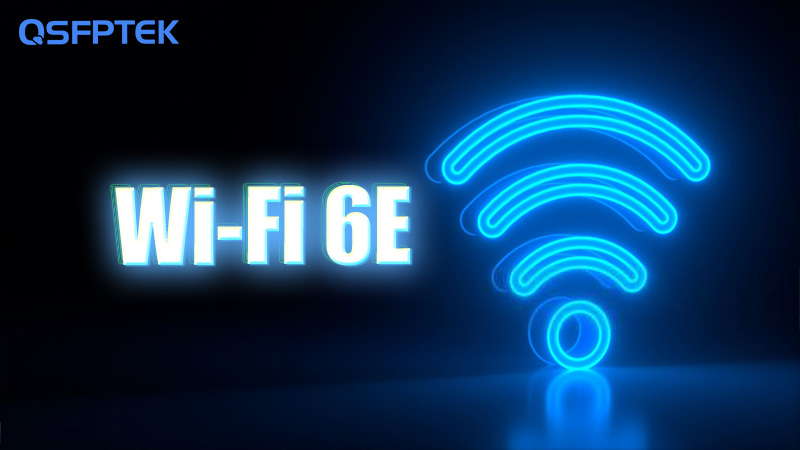 Wi-Fi 6E
Wi-Fi 6EThis article will introduce detailed information about Wi-Fi 6E, an introduction to this 6GHz compatible Wi-Fi specification. Read this article for more information.
Wi-Fi 6E
Wi-Fi 6EThis article will introduce detailed information about Wi-Fi 6E, an introduction to this 6GHz compatible Wi-Fi specification. Read this article for more information. -
 Load Balancing
Load BalancingLearn what is Load Balancing, what problems it solves, how it works, its benefits, and its types.
Load Balancing
Load BalancingLearn what is Load Balancing, what problems it solves, how it works, its benefits, and its types. -
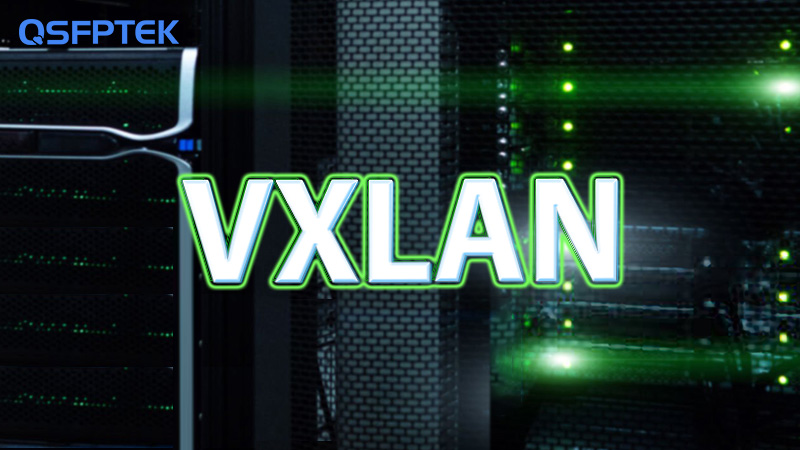 VXLAN
VXLANThis article explains what VXLAN is and its key advantages, and helps you understand the advantages that VXLAN can bring by combining practical applications.
VXLAN
VXLANThis article explains what VXLAN is and its key advantages, and helps you understand the advantages that VXLAN can bring by combining practical applications. -
 UDP
UDPThis article describes the user datagram protocol, also known as UDP, a communication protocol that is typically used in time-sensitive applications. This is because it does not guarantee that packets will arrive in order, and there is no need to verify that the data was transmitted successfully, thus giving it a speed advantage.
UDP
UDPThis article describes the user datagram protocol, also known as UDP, a communication protocol that is typically used in time-sensitive applications. This is because it does not guarantee that packets will arrive in order, and there is no need to verify that the data was transmitted successfully, thus giving it a speed advantage. -
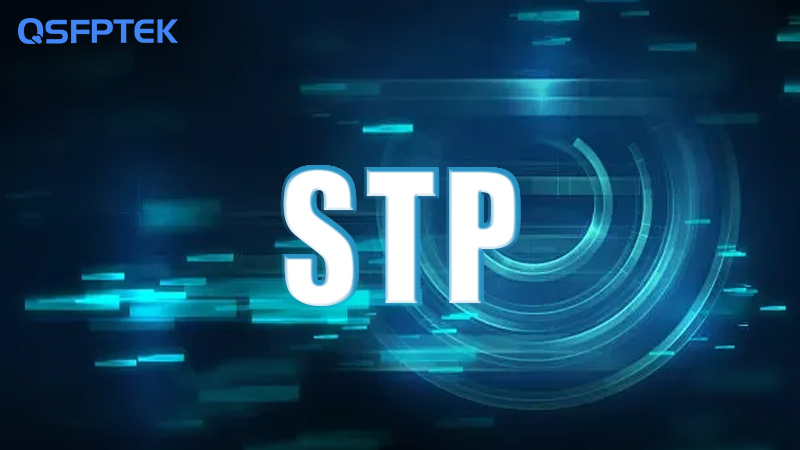 STP
STPThis article describes what Spanning Tree Protocol is, the STP can solve the problem of loops in a network and improve the reliability of the network structure. Read the article for more information.
STP
STPThis article describes what Spanning Tree Protocol is, the STP can solve the problem of loops in a network and improve the reliability of the network structure. Read the article for more information. -
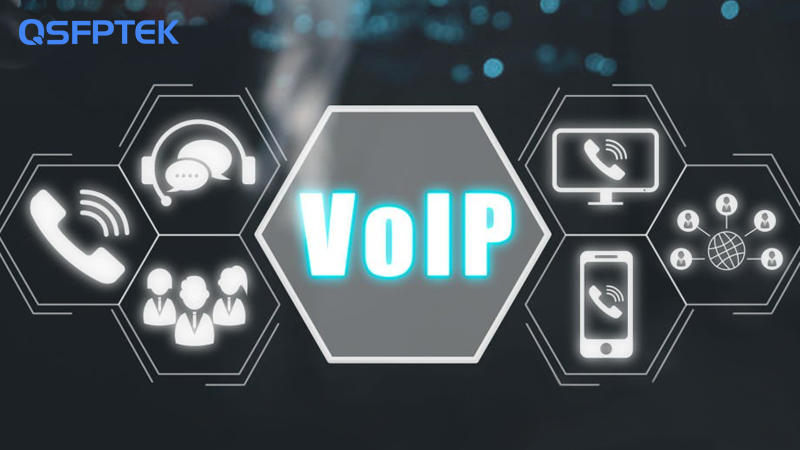 VoIP
VoIPLearn about Voice over Internet Protocol (VoIP), its advantages over traditional landlines, how it works, its applications in business, and common causes of service interruptions.
VoIP
VoIPLearn about Voice over Internet Protocol (VoIP), its advantages over traditional landlines, how it works, its applications in business, and common causes of service interruptions. -
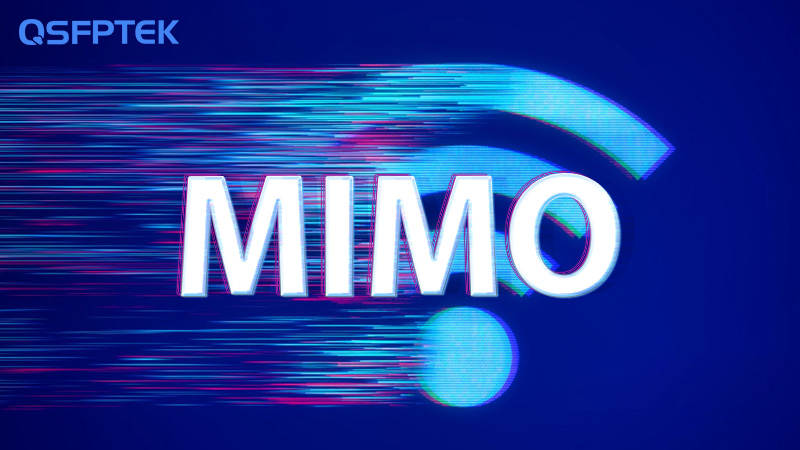 MIMO
MIMO
-
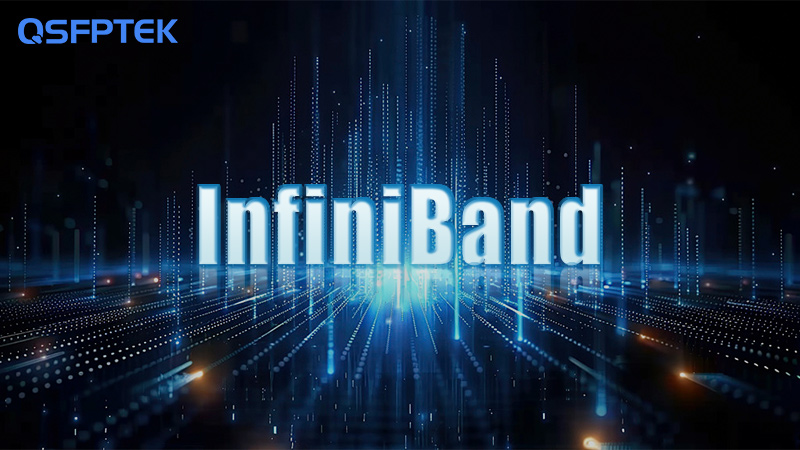 InfiniBand
InfiniBandThis article tells you what InfiniBand is and its advantages, helping you better understand the various features of InfiniBand.
InfiniBand
InfiniBandThis article tells you what InfiniBand is and its advantages, helping you better understand the various features of InfiniBand. -
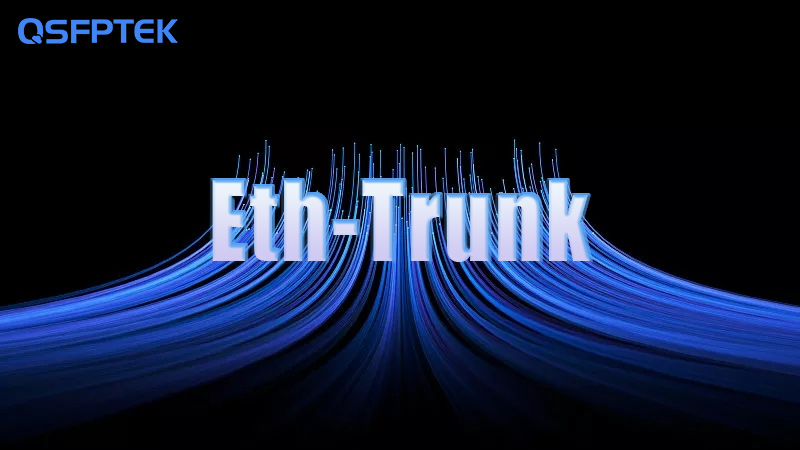 Eth-Trunk
Eth-TrunkThis article will introduce the ETH-TRUNK model and show some practical examples of Eth-Trunk, through which you will understand this solution to the low bandwidth of interfaces.
Eth-Trunk
Eth-TrunkThis article will introduce the ETH-TRUNK model and show some practical examples of Eth-Trunk, through which you will understand this solution to the low bandwidth of interfaces. -
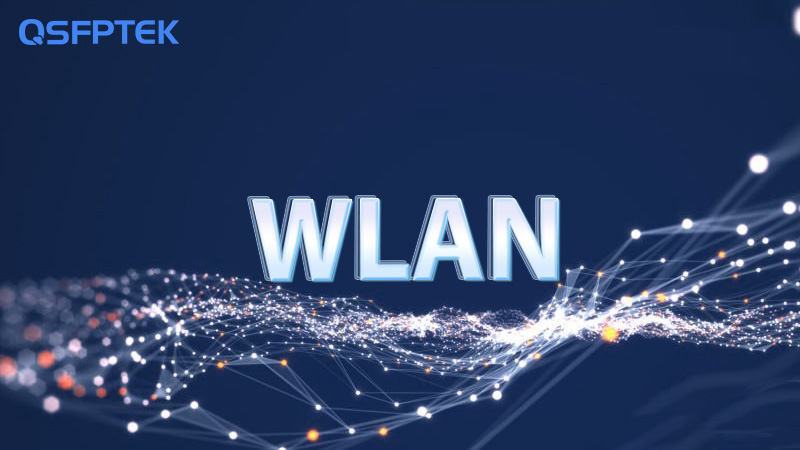 WLAN
WLANLearn what WLAN is, its benefits, how it differs from Wi-Fi, and key security measures to protect your wireless network.
WLAN
WLANLearn what WLAN is, its benefits, how it differs from Wi-Fi, and key security measures to protect your wireless network. -
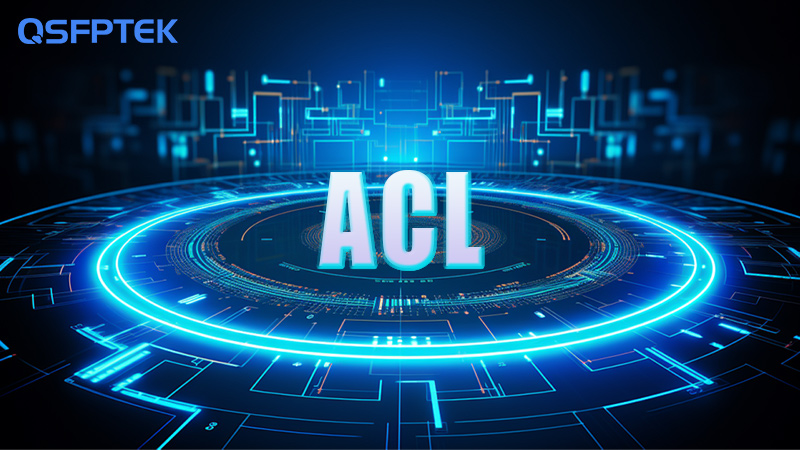 ACL
ACLThis article explains in detail what ACL is and why we need it, while deepening your understanding and providing some specific applications for your reference.
ACL
ACLThis article explains in detail what ACL is and why we need it, while deepening your understanding and providing some specific applications for your reference. -
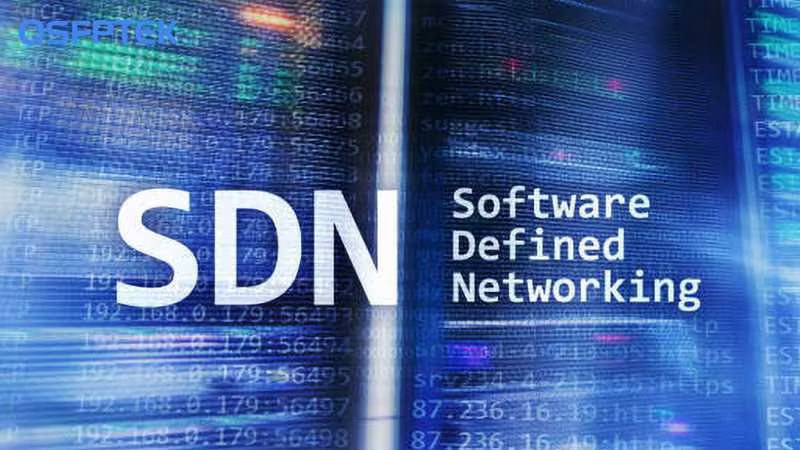 SDN
SDNDiscover the core principles, benefits, and applications of Software-Defined Networking (SDN). Learn how SDN simplifies network management, reduces costs, and enhances flexibility in data centers, SD-WAN, IoT, 5G, and more.
SDN
SDNDiscover the core principles, benefits, and applications of Software-Defined Networking (SDN). Learn how SDN simplifies network management, reduces costs, and enhances flexibility in data centers, SD-WAN, IoT, 5G, and more. -
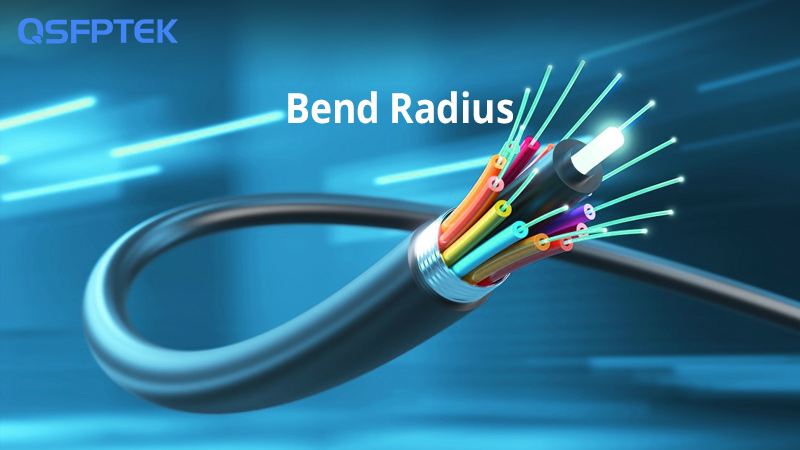 Bend Radius
Bend RadiusThis article will introduce what is the minimum bending radius of the cable. Through this article, you will understand why the minimum bending radius of optical fiber is important and how to choose the right optical fiber.
Bend Radius
Bend RadiusThis article will introduce what is the minimum bending radius of the cable. Through this article, you will understand why the minimum bending radius of optical fiber is important and how to choose the right optical fiber. -
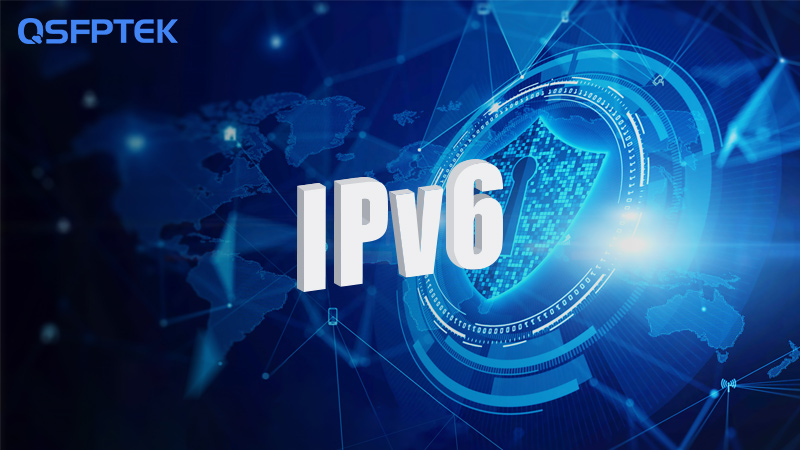 IPv6
IPv6This article covers IPv6, including its introduction, benefits, and comparison with IPv4.
IPv6
IPv6This article covers IPv6, including its introduction, benefits, and comparison with IPv4. -
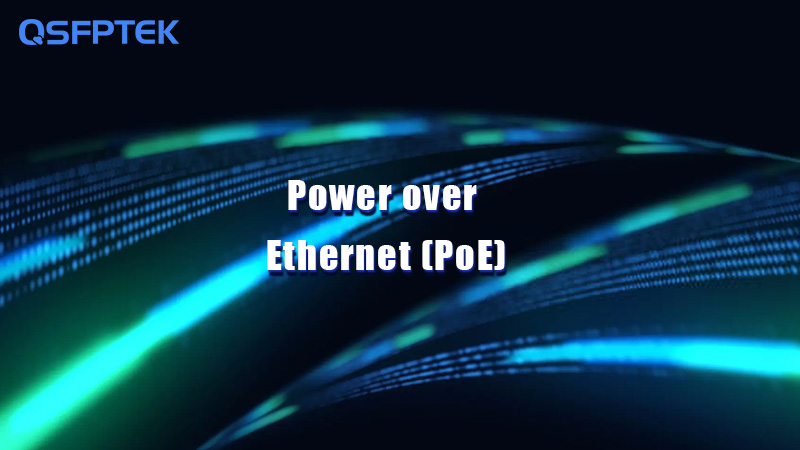 Power over Ethernet (PoE)
Power over Ethernet (PoE)Explore Power over Ethernet (PoE) technology, including its standards (IEEE 802.3af, 802.3at, and 802.3bt), benefits, and operational process. Learn how PoE simplifies power supply for network devices while ensuring reliable, standardized connections.
Power over Ethernet (PoE)
Power over Ethernet (PoE)Explore Power over Ethernet (PoE) technology, including its standards (IEEE 802.3af, 802.3at, and 802.3bt), benefits, and operational process. Learn how PoE simplifies power supply for network devices while ensuring reliable, standardized connections. -
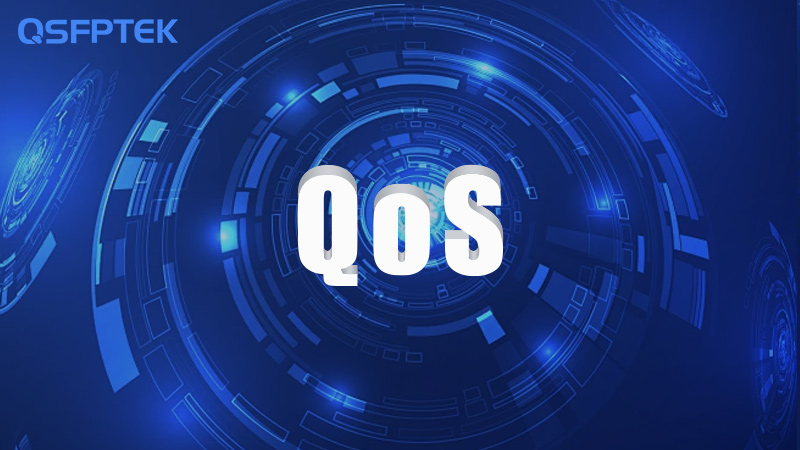 QoS
QoSThis article explains Quality of Service (QoS), including key metrics such as bandwidth, latency, jitter, and packet loss. Learn about the importance of QoS in managing network traffic.
QoS
QoSThis article explains Quality of Service (QoS), including key metrics such as bandwidth, latency, jitter, and packet loss. Learn about the importance of QoS in managing network traffic. -
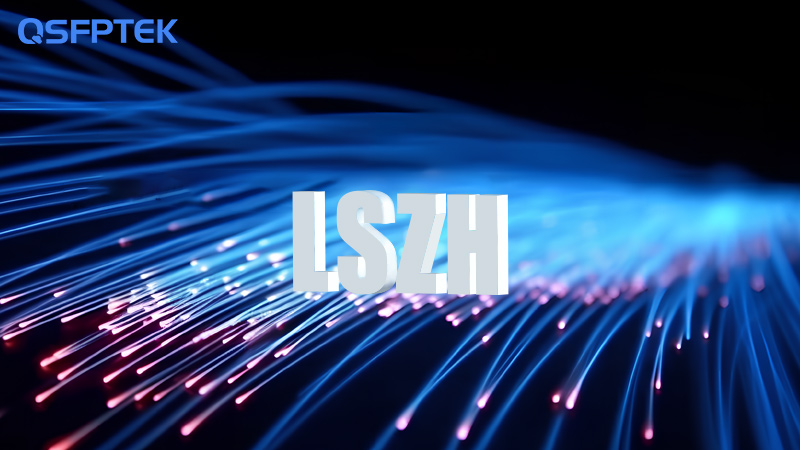 LSZH
LSZHThis article explores Low Smoke Zero Halogen (LSZH) cables, highlighting their benefits such as low smoke emission and halogen-free composition. Learn about their applications, differences from PVC cables, and why LSZH is preferred in safety-critical environments.
LSZH
LSZHThis article explores Low Smoke Zero Halogen (LSZH) cables, highlighting their benefits such as low smoke emission and halogen-free composition. Learn about their applications, differences from PVC cables, and why LSZH is preferred in safety-critical environments. -
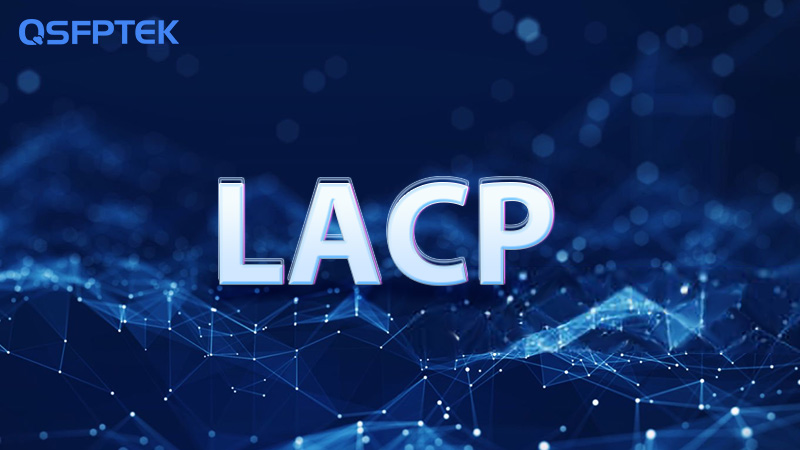 LACP
LACPLearn about Link Aggregation Control Protocol (LACP) in our QSFPTEK Glossary. Understand how LACP works, its differences from LAG, and the advantages it offers for network performance and reliability.
LACP
LACPLearn about Link Aggregation Control Protocol (LACP) in our QSFPTEK Glossary. Understand how LACP works, its differences from LAG, and the advantages it offers for network performance and reliability. -
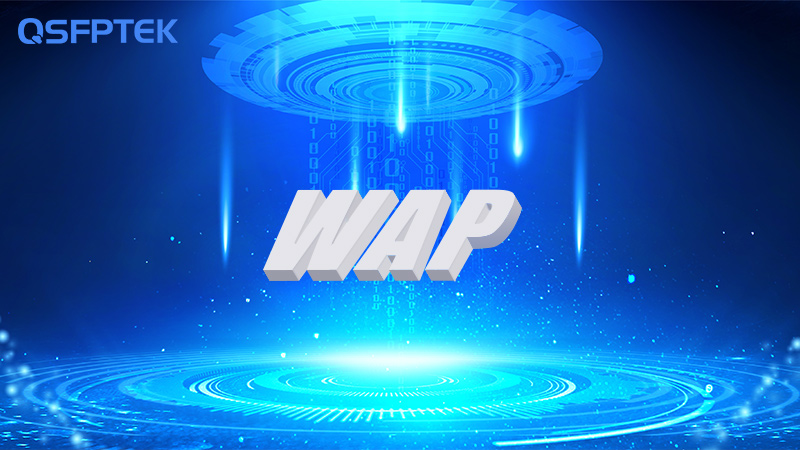 WAP
WAPThis article explains Wireless Access Points (WAPs), including the differences between Fat AP and Fit AP, their advantages, and why enterprises use Fit APs. Learn about WAPs' role in enhancing network coverage, speed, and security.
WAP
WAPThis article explains Wireless Access Points (WAPs), including the differences between Fat AP and Fit AP, their advantages, and why enterprises use Fit APs. Learn about WAPs' role in enhancing network coverage, speed, and security. -
 Stack
StackThis article covers the concept of network stacking, including its definition, benefits, configuration process, and limitations. Learn how stacking enhances network redundancy and management efficiency.
Stack
StackThis article covers the concept of network stacking, including its definition, benefits, configuration process, and limitations. Learn how stacking enhances network redundancy and management efficiency. -
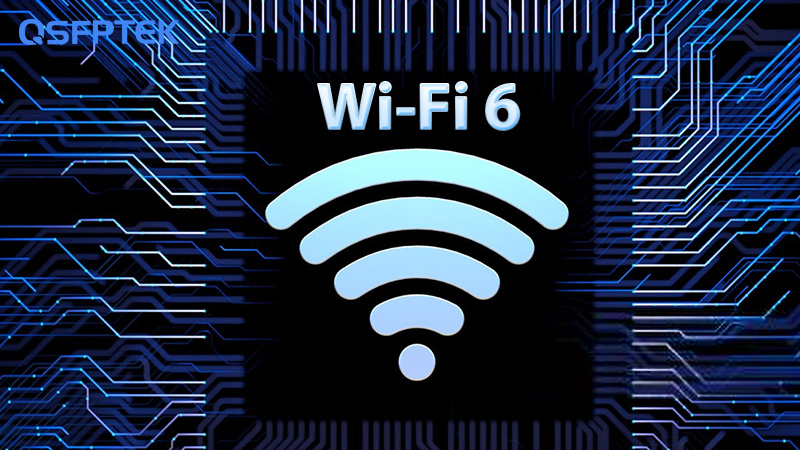 Wi-Fi 6
Wi-Fi 6Discover Wi-Fi 6 in our QSFPTEK Glossary. Learn why Wi-Fi 6 is essential, what makes it so fast, and explore its advanced features that enhance connectivity and performance.
Wi-Fi 6
Wi-Fi 6Discover Wi-Fi 6 in our QSFPTEK Glossary. Learn why Wi-Fi 6 is essential, what makes it so fast, and explore its advanced features that enhance connectivity and performance. -
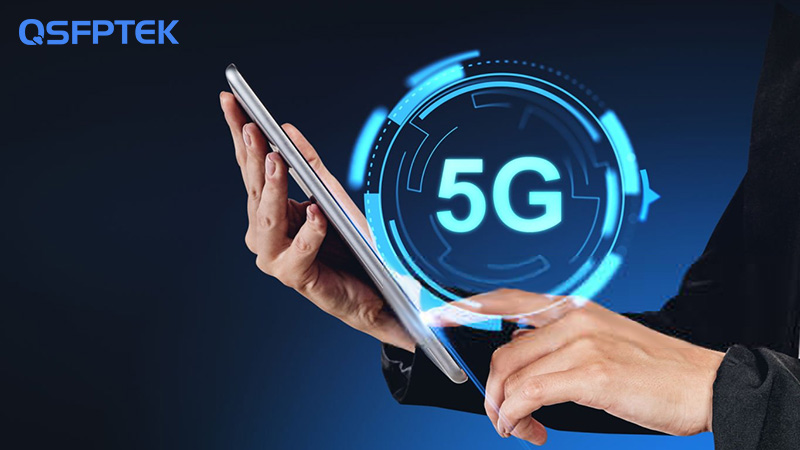 5G
5GExplore the basics of 5G technology in our QSFPTEK Glossary. Understand how 5G works, the problems it solves, and why it is essential. Discover key application scenarios and how 5G is transforming wireless communication.
5G
5GExplore the basics of 5G technology in our QSFPTEK Glossary. Understand how 5G works, the problems it solves, and why it is essential. Discover key application scenarios and how 5G is transforming wireless communication. -
 Flooding
FloodingThis article covers the definition of network flooding, its advantages and disadvantages, its differences from broadcasting, and strategies for managing its impact.
Flooding
FloodingThis article covers the definition of network flooding, its advantages and disadvantages, its differences from broadcasting, and strategies for managing its impact. -
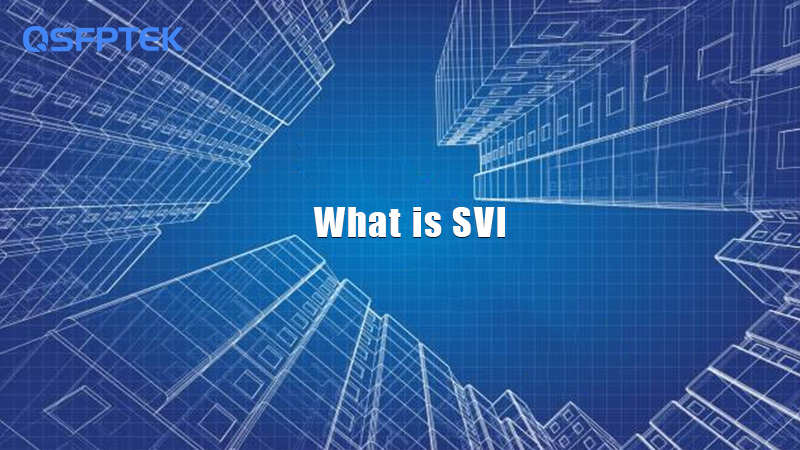 SVI
SVIThis article explains why SVI is so important to the network and shows you a simple way to configure SVI.
SVI
SVIThis article explains why SVI is so important to the network and shows you a simple way to configure SVI. -
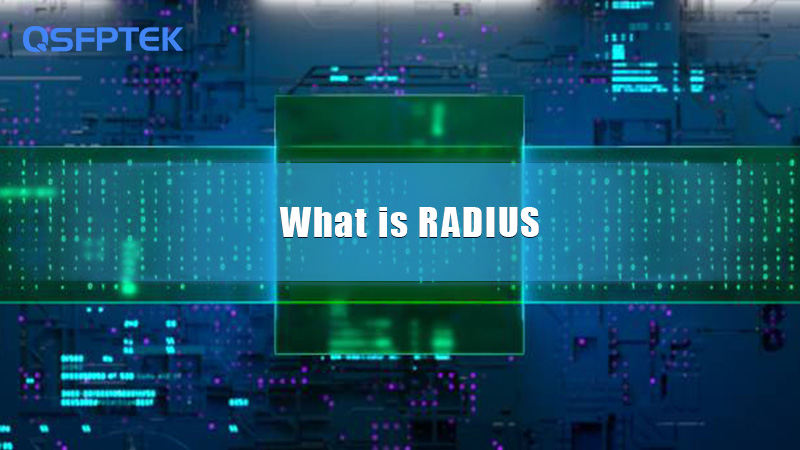 RADIUS
RADIUSThis is a detailed introduction article about RADIUS. It introduces in detail what RADIUS is and what its characteristics are, so as to deepen your understanding of it.
RADIUS
RADIUSThis is a detailed introduction article about RADIUS. It introduces in detail what RADIUS is and what its characteristics are, so as to deepen your understanding of it. -
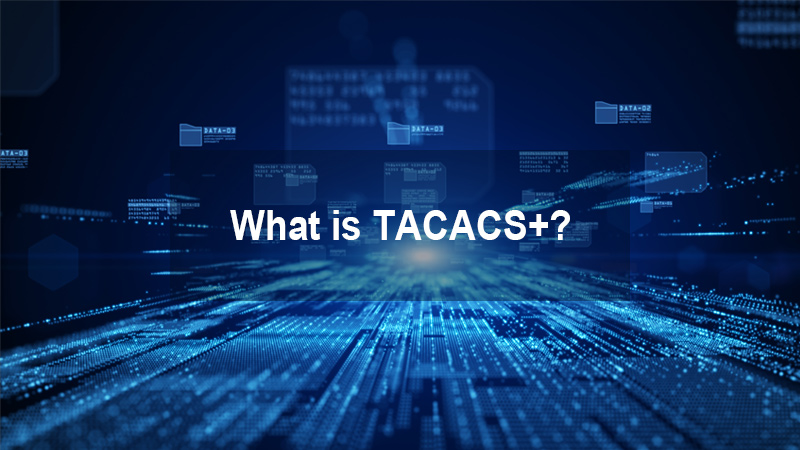 TACACS+
TACACS+This article introduces in detail what TACACS+ is and its features, and helps you understand TACACS+ in detail.
TACACS+
TACACS+This article introduces in detail what TACACS+ is and its features, and helps you understand TACACS+ in detail. -
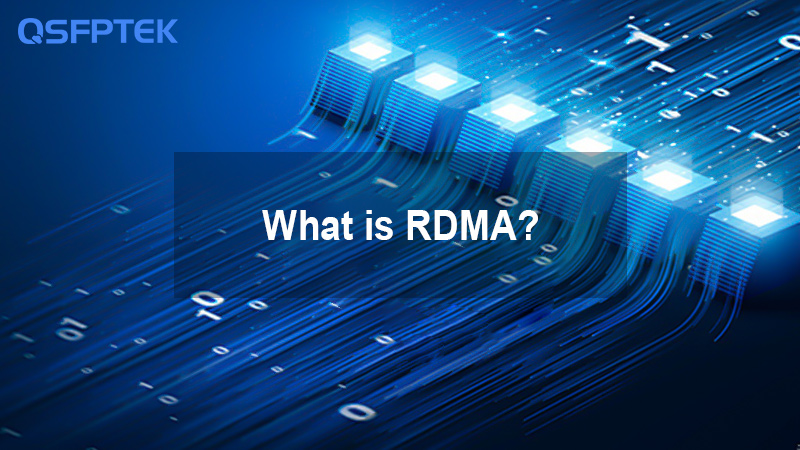 RDMA
RDMAThis article introduces in detail what RDMA is, helping you to have a deeper understanding of RDMA.
RDMA
RDMAThis article introduces in detail what RDMA is, helping you to have a deeper understanding of RDMA. -
 PAM4
PAM4Discover the essentials of Pulse Amplitude Modulation 4-level (PAM4) in our QSFPTEK Glossary. Learn how PAM4 technology enhances data transmission efficiency and speed in optical communication. Explore its applications, benefits, and impact on modern networking solutions.
PAM4
PAM4Discover the essentials of Pulse Amplitude Modulation 4-level (PAM4) in our QSFPTEK Glossary. Learn how PAM4 technology enhances data transmission efficiency and speed in optical communication. Explore its applications, benefits, and impact on modern networking solutions. -
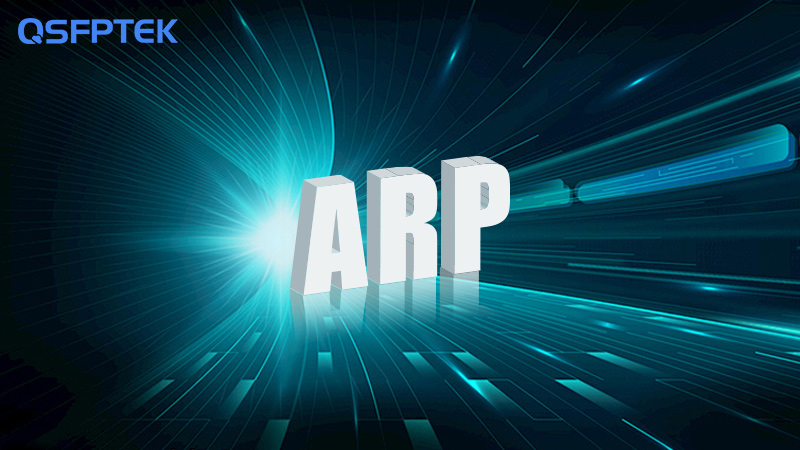 ARP
ARPThis article will introduce the ARP network protocol, describe what ARP is, why it is essential, and describe the different types of ARP.
ARP
ARPThis article will introduce the ARP network protocol, describe what ARP is, why it is essential, and describe the different types of ARP. -
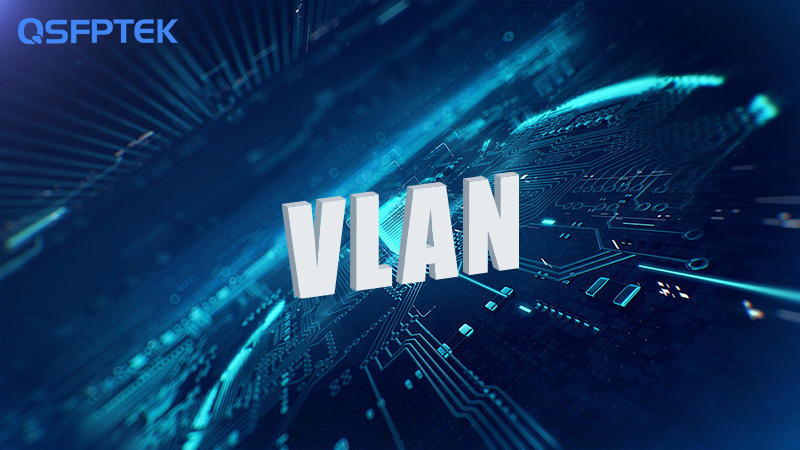 VLAN
VLANDiscover the essentials of VLAN (Virtual Local Area Network) technology. Learn why VLANs are crucial, how VLANs function, and their practical applications.
VLAN
VLANDiscover the essentials of VLAN (Virtual Local Area Network) technology. Learn why VLANs are crucial, how VLANs function, and their practical applications. -
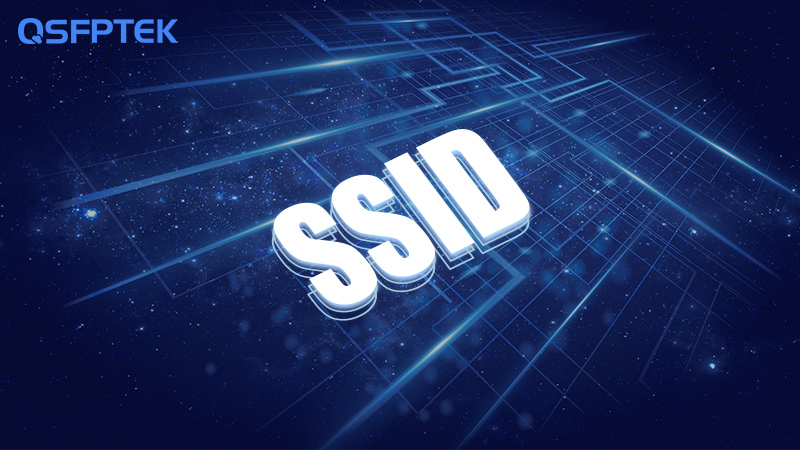 SSID
SSIDThis article will introduce SSIDs that we often encounter in our lives, but you may not be aware of, when you encounter problems related to Wi-Fi, you may want to take a look at this article!
SSID
SSIDThis article will introduce SSIDs that we often encounter in our lives, but you may not be aware of, when you encounter problems related to Wi-Fi, you may want to take a look at this article! -
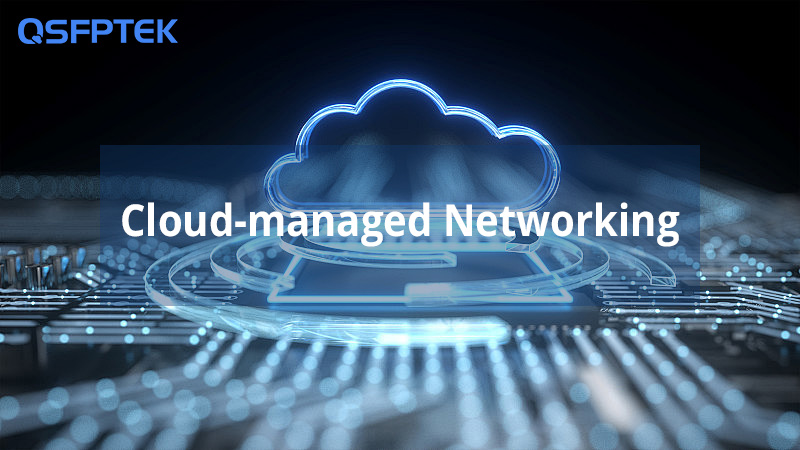 Cloud-managed Networking
Cloud-managed NetworkingThis article will introduce what Cloud-managed Networking is and describe its features, applications, and benefits.
Cloud-managed Networking
Cloud-managed NetworkingThis article will introduce what Cloud-managed Networking is and describe its features, applications, and benefits. -
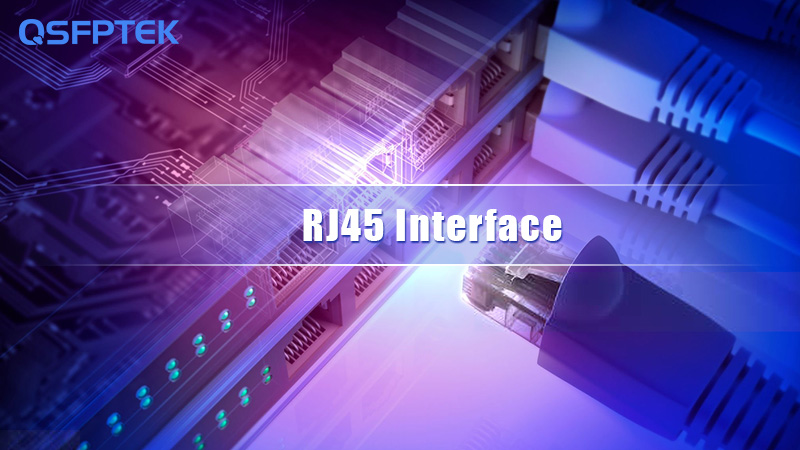 RJ45
RJ45This article will introduce the RJ45 interface, will introduce how to recognize the RJ45 color code, will also introduce the different types of RJ45 cables and applications in detail.
RJ45
RJ45This article will introduce the RJ45 interface, will introduce how to recognize the RJ45 color code, will also introduce the different types of RJ45 cables and applications in detail.
first
flipPage
last




